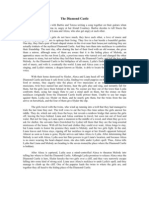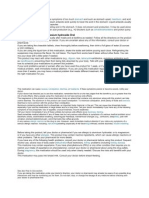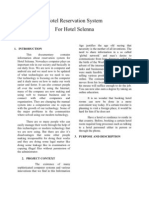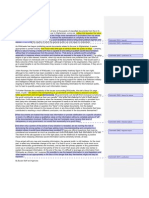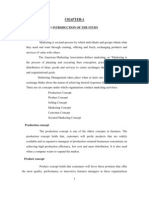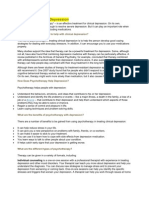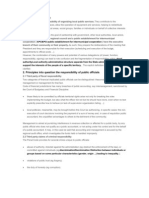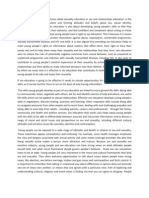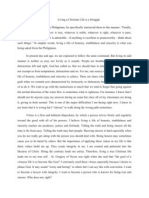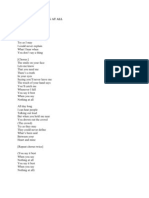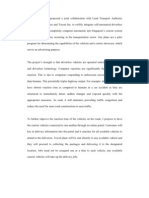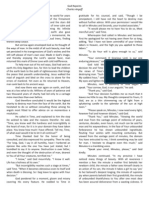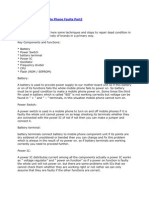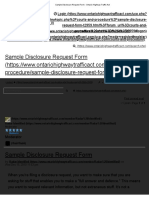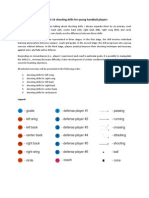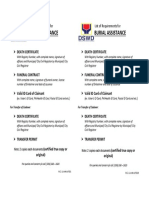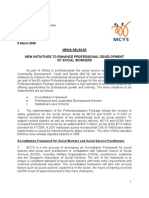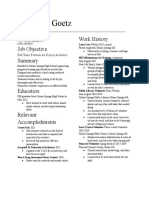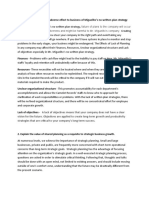0% found this document useful (0 votes)
59 views3 pagesAssignment Q2
Fiscal policy is used by governments to influence and regulate their nation's economy through adjusting spending levels and taxation. It works alongside monetary policy and the two are used in combination to direct economic goals. Fiscal policy aims to balance stimulating stagnant economies without causing inflation through increasing money supply. Governments use tax cuts and increased spending to fuel economic growth but must rein in excess spending to avoid inflation. The effects of fiscal policy are not equal and depend on political priorities in areas like taxation and infrastructure spending.
Uploaded by
DanielLim225Copyright
© Attribution Non-Commercial (BY-NC)
We take content rights seriously. If you suspect this is your content, claim it here.
Available Formats
Download as DOCX, PDF, TXT or read online on Scribd
0% found this document useful (0 votes)
59 views3 pagesAssignment Q2
Fiscal policy is used by governments to influence and regulate their nation's economy through adjusting spending levels and taxation. It works alongside monetary policy and the two are used in combination to direct economic goals. Fiscal policy aims to balance stimulating stagnant economies without causing inflation through increasing money supply. Governments use tax cuts and increased spending to fuel economic growth but must rein in excess spending to avoid inflation. The effects of fiscal policy are not equal and depend on political priorities in areas like taxation and infrastructure spending.
Uploaded by
DanielLim225Copyright
© Attribution Non-Commercial (BY-NC)
We take content rights seriously. If you suspect this is your content, claim it here.
Available Formats
Download as DOCX, PDF, TXT or read online on Scribd
/ 3
